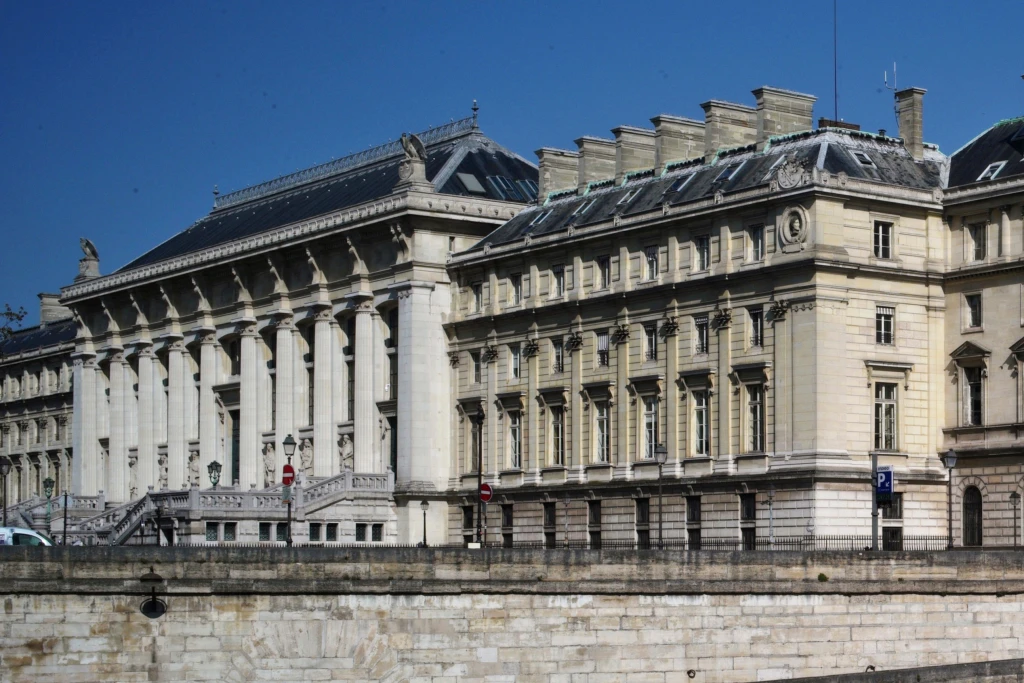Jury is out: US democracy tested as Republicans who blamed Trump for January 6 failed coup line up behind him
In Trump’s telling, the mob on January 6 assembled peacefully to preserve democracy, not upend it, and the rioters were agitated but not armed. They were not insurrectionists but rather 1776-style “patriots.” And now they are being persecuted by the Justice Department, juries and judges for their political beliefs.
Kenyan manufacturers frustrated by frequent outages as the country suffers nationwide blackout
Since President William Ruto came to power, power outages have become routine. The Kenya Association of Manufacturers (KAM) have raised concerns about the frequency of blackouts that affect their businesses adversely when they happen.
Safety concerns raised again Kenyan institutions as fire kills 17 pupils in a school dormitory
Government spokesperson Isaac Mwaura said the boys were in grades 4 to 8, putting their ages at about 9 to 13-years-old. He said in a statement the dormitory housed 156 students.
Haiti’s transitional government and international partners must commit to helping women, girls
Discrimination against women and girls has always been a feature of Haitian society, including as a legacy of abuse towards Black women’s bodies born of colonialism and enslavement. Women and girls face added barriers to education, accessing funds and resources, and participating in the formal economy. They have been kept out of positions of authority and political leadership.
Why mistrust between warring communities creates an arms race among pastoralists in Kenya
Free movement across the rangelands is central to both the local economy and the pastoral lifestyle. But the creation of county borders following devolution in 2013 has interrupted that mobility and led to boundary disputes – particularly in areas with abundant grazing land, water and minerals, with communities vying for control.
Kenya’s security paradox: Sandwiched between bandit communities citizens in the north query deployment of elite police to Haiti
The North Rift region is made up of five counties: Turkana, Baringo, Samburu, Elgeyo Marakwet and West Pokot. It’s known for its beautiful rugged terrain, arid landscapes and rich cultural heritage. Pastoralist communities – including the Turkana, Pokot, and Samburu – dominate the region.
Rebuilding ancient Chwezi Empire: Why Ugandan and Rwandan leaders stash loot in Israel, want bigger East African Community
“We came from the beginning of the Nile where God Hapi dwells, at the foothills of The Mountains of the Moon.” “We,” meaning the Egyptians, as stated, came from the beginning of the Nile. Where is “the beginning of the Nile?” The farthest point of the beginning of the Nile is in Uganda; this is the White Nile. Another point is in Ethiopia. The Blue Nile and White Nile meet in Khartoum; and the other side of Khartoum is the Omdurman Republic of Sudan. From there it flows from the south down north. And there it meets with the Atbara River in Atbara, Sudan. Then it flows completely through Sudan (Ta-Nehisi, Ta-Zeti or Ta-Seti, as it was called), part of that ancient empire which was one time adjacent to the nation called Meroe or Merowe. From that, into the southern part of what the Romans called “Nubia,” and parallel on the Nile, part of which the Greeks called “Egypticus”; the English called it “Egypt” and the Jews in their mythology called it “Mizrain” which the current Arabs called Mizr/Mizrair. Thus it ends in the Sea of Sais, also called the Great Sea, today’s Mediterranean Sea. When we say thus, we want to make certain that Hapi is still God of the Nile, shown as a hermaphrodite having the breasts of a woman and the penis of a man. God Hapi is always shown tying two symbols of the “Two Lands,” Upper Egypt and Lower Egypt, during Dynastic Periods, or from the beginning of the Dynastic Periods. The lotus flower is the symbol of the south, and the papyrus plant, the symbol of the north.












